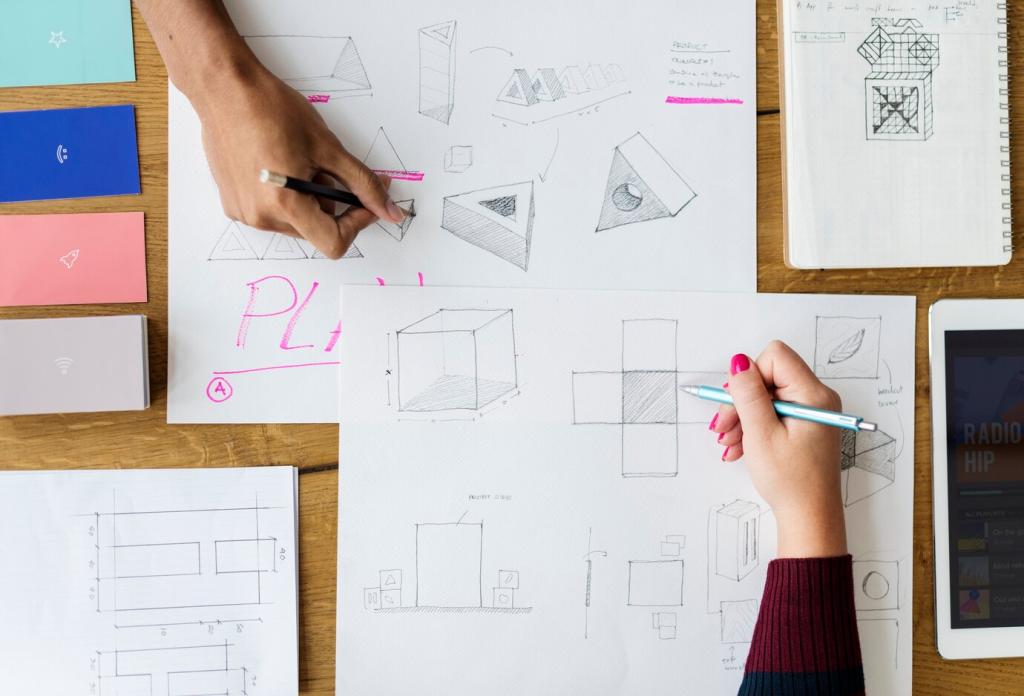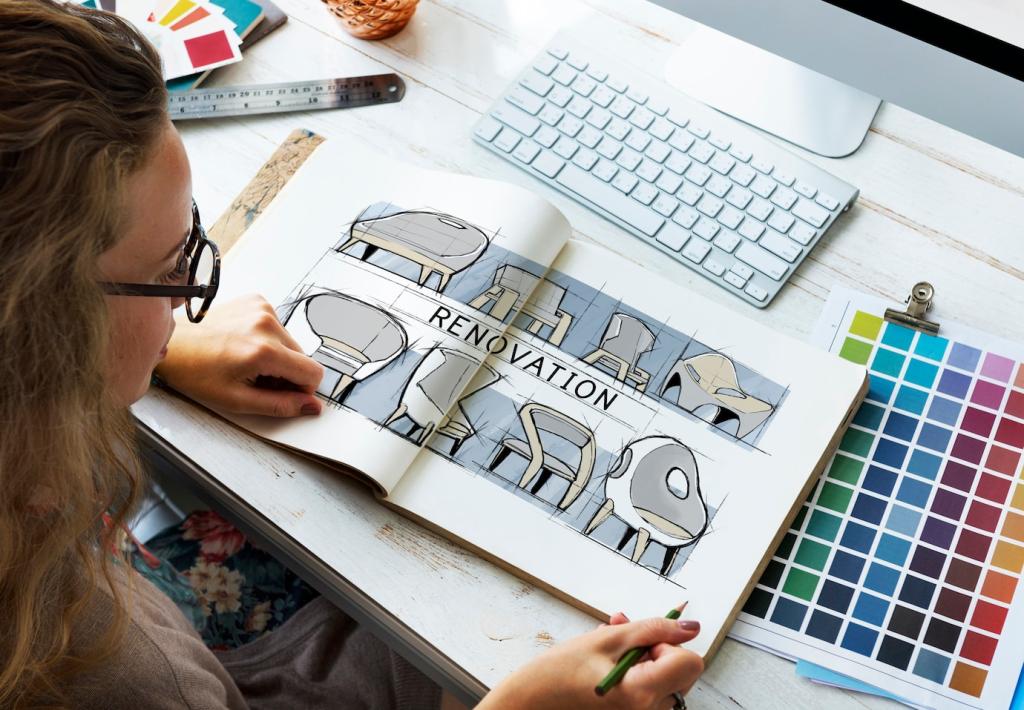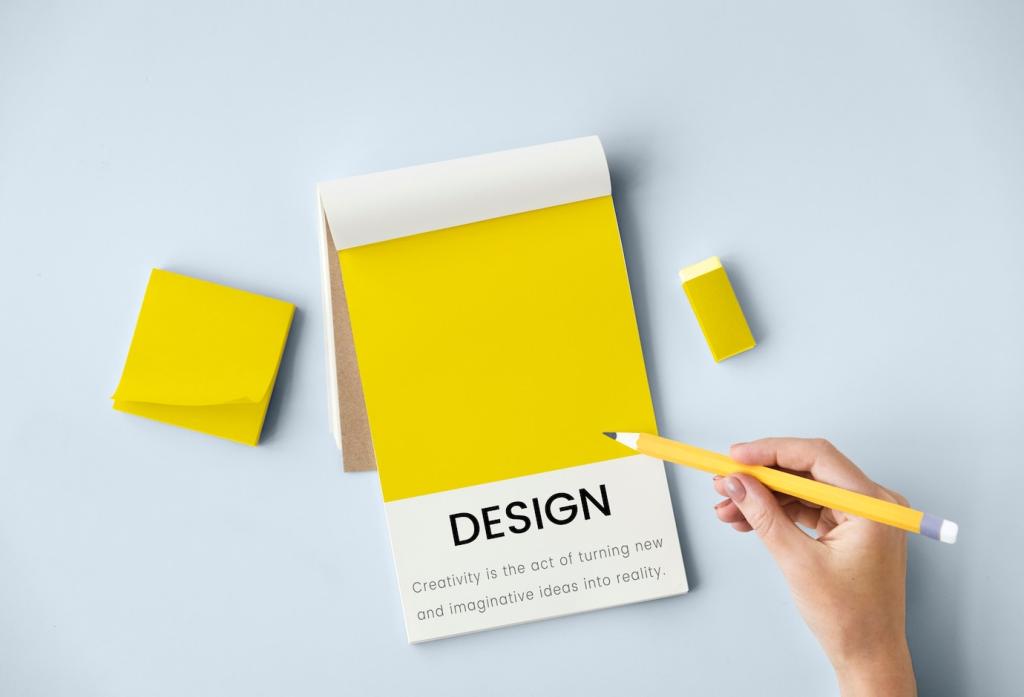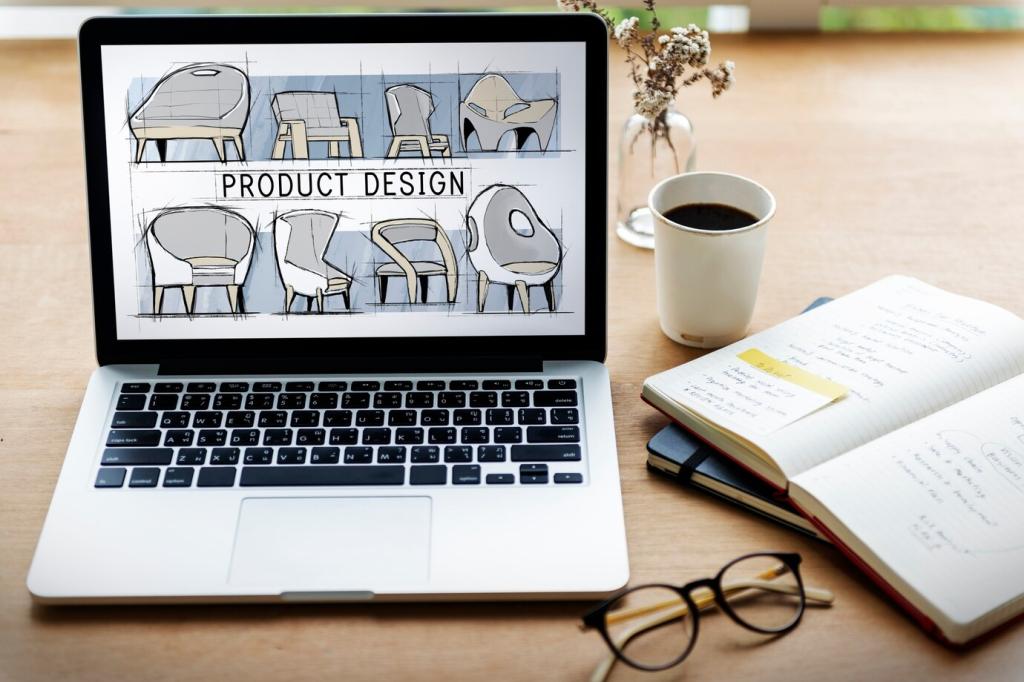Testing in the Wild and Iteration
Observe users on commutes, with one hand free, and under time pressure. Record where taps fail and where eyes hesitate. We learned a subtle change—moving a filter chip lower—cut task times dramatically for riders juggling a bag, umbrella, and buzzing phone.
Testing in the Wild and Iteration
Instrument events thoughtfully, protect privacy, and focus on questions, not vanity metrics. Combine quant trends with qualitative stories from support logs and interviews. Numbers reveal patterns, while voices explain why. Share one metric you track that truly changes product decisions.










